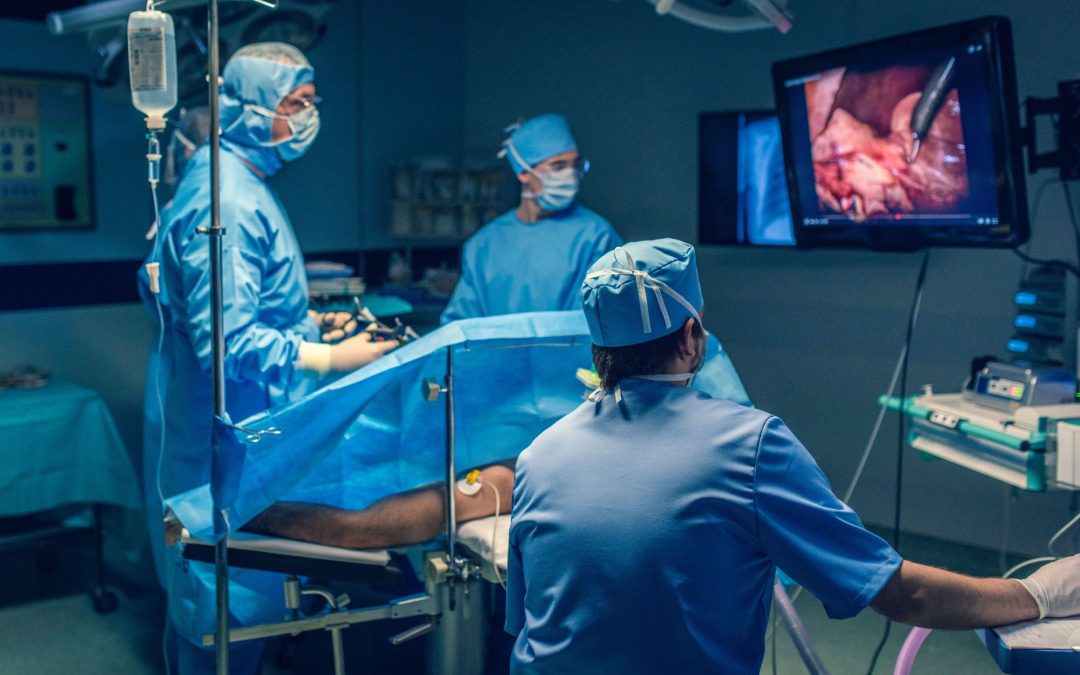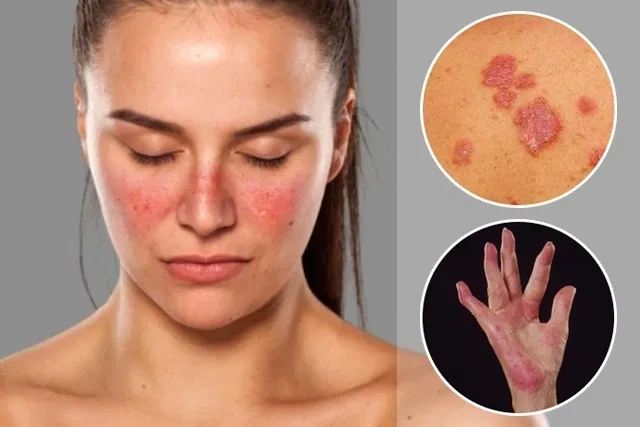Melanoma is a type of skin cancer that develops from melanocytes, the cells responsible for producing melanin, the pigment that gives skin its color. While melanoma is less common than some other types of skin cancer, it is more dangerous because it is more likely to spread to other parts of the body if not detected and treated early.
Key Characteristics of Melanoma:
- Appearance:
- Melanoma often appears as a new mole or a change in an existing mole.
- It can occur anywhere on the body but is most commonly found on the back, legs, arms, and face.
- Melanomas can be brown or black but may also be pink, red, purple, blue, or white.
- ABCDE Rule:
- Asymmetry: One half of the mole does not match the other half.
- Border: The edges are irregular, ragged, notched, or blurred.
- Color: The color is not uniform and may include different shades.
- Diameter: The spot is larger than 6mm across, although melanomas can be smaller.
- Evolving: The mole is changing in size, shape, or color.
- Risk Factors:
- Excessive exposure to ultraviolet (UV) radiation from the sun or tanning beds.
- Having a fair complexion, light-colored eyes, and red or blond hair.
- A history of sunburns, especially blistering sunburns in early childhood.
- Having many moles or unusual moles.
- Family history of melanoma.
- Weakened immune system.
Detection of Melanoma:
- Self-Examination:
- Regularly check your skin for any new moles or changes in existing moles.
- Use the ABCDE rule to assess moles and spots on your skin.
- Dermatological Examination:
- Have regular skin checks by a dermatologist, especially if you have risk factors.
- A biopsy may be performed if a suspicious mole is found, where a small sample of the skin is removed and examined under a microscope.
Prevention of Melanoma:
- Sun Protection:
- Use a broad-spectrum sunscreen with an SPF of at least 30, even on cloudy days.
- Wear protective clothing, such as long sleeves, hats, and sunglasses.
- Seek shade, especially during peak sun hours from 10 AM to 4 PM.
- Avoid Tanning Beds:
- Do not use tanning beds, as they increase the risk of melanoma and other skin cancers.
- Healthy Lifestyle:
- Maintain a healthy diet, stay hydrated, and exercise regularly to boost your immune system.
- Avoid smoking and limit alcohol consumption.
Conclusion:
Melanoma is a serious form of skin cancer that requires early detection and prevention measures to reduce the risk of serious health complications. Regular skin examinations, protective measures against UV exposure, and awareness of the signs of melanoma are crucial steps in protecting your skin health. If you notice any suspicious changes in your skin, consult a healthcare professional promptly.



